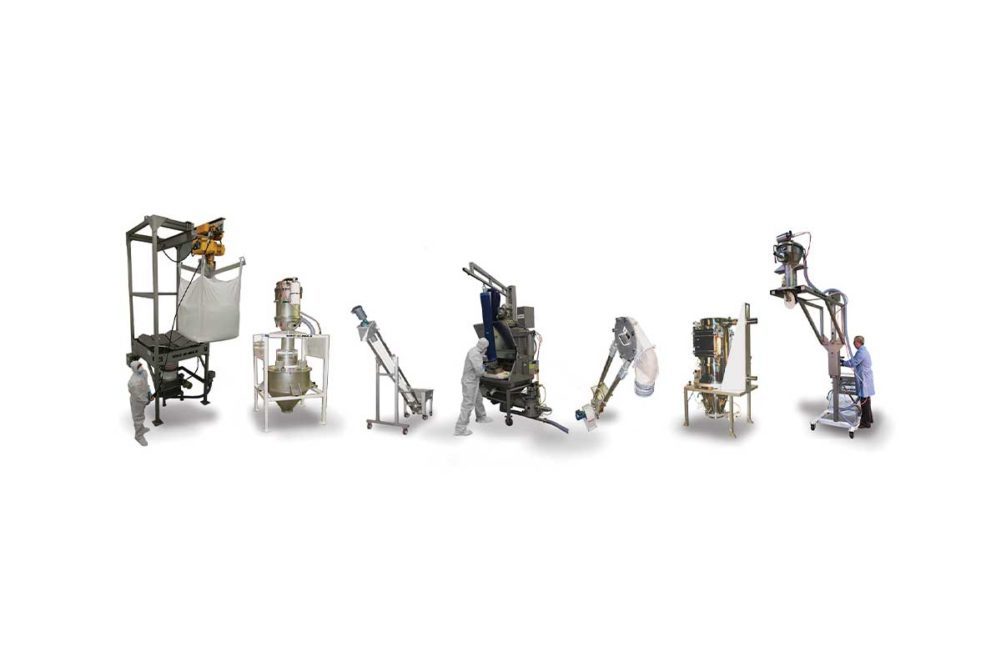Playing good defense always wins the game when it involves food safety. Nobody wants a chain of events that sends product quality and safety out of control. The best way to avoid nasty issues is to nip them in the bud and take precautions that prevent an untoward situation from starting in the first place.
That’s why handling ingredients with care provides the first line of protection.
“When it comes to food safety, it’s especially important to separate allergens such as gluten to prevent cross-contamination,” said David Rodrigues, applications engineering manager, Zeppelin Systems USA. “Many food ingredients will also generate mold or have organisms that pose health risks if the dust is not contained in the transfer process, or if equipment surfaces are not cleaned and disinfected routinely. Surface contamination on containers and machinery can lead to costly product recalls and a drop in brand confidence.”
To steer clear of such challenges as cross contamination, bakeries need such systems as dedicated hoppers atop mixers or specific filters and dust collectors so they don’t pull allergens into the rest of the ingredients.
Sanitary design also plays a vital role.
“Separation of allergen-containing products is critical to food safety,” said David Kennedy, business development manager, Vac-U-Max. “Equipment that contacts those products must be dust-tight and easily sanitized. Interior surfaces will have welds ground smooth and often polished to eliminate surface imperfections.”
Ingredient handling systems come with myriad safeguards that prevent contaminants from getting into the final product from the ingredient stream, whether it be from ingredient suppliers or other factors inside the bakery.
Often, it’s something as simple as adding a sifter to a minor or micro ingredient system for added food safety.
“If you are slicing bags and loading ingredients directly into the mixer, there is the risk of stray bag fibers and pieces of paper getting into the mixer,” observed Ken Girts, director of sales and marketing, Fred D. Pfening Co.
For added protection, bakeries now are asking for sifters on the line that feed flour or sugar to silos from trucks or railcars.
“We usually install them on the discharge side of silos, but now doing it on the feeding lines is becoming more popular,” Rodrigues said. “Some bakeries are asking for metal detection in addition to magnet traps. Metal detection will divert the flow of the flour to an out-of-spec hopper or reservoir if there is a question of ingredient contamination.”
Bakeries can use a variety of metal detection devices, including Neodymium magnets that are one of the strongest types available, said Tom Leach, national sales manager, pneumatic conveying systems, Camcorp, a member of the Scheuch Group.
“These devices are now seamlessly integrated into production lines, ensuring a continuous and automated inspection process,” he explained. “This integration helps to quickly identify and remove contaminated products without intervention.”
If metal is detected, Girts noted, bakeries can employ a bypass reject system to detect ferrous material and divert the incoming flour ingredient stream to a waste bin. After the system no longer detects ferrous material, the stream can be sent back to support production. Determining the capacity of the waste bin is a main consideration.
Of course, the quality and safety of flour initially rests with ingredient suppliers, but bakeries rely on sifters, magnets and other safeguards for bulk and minor ingredients for food safety and to protect their equipment, said Pieter Van Hoecke, business development manager, North America, Spiromatic.
Additional investments pay big dividends in other areas as well.
“Automated minor and micro ingredient dosing systems basically allow you to have a constant accurate feed of minor ingredients to your use points, which eliminates a lot of manual labor,” he said. “It automatically pre-scales and transfers in the right quantities at the right times while continually tracing the ingredients that have been used.”

